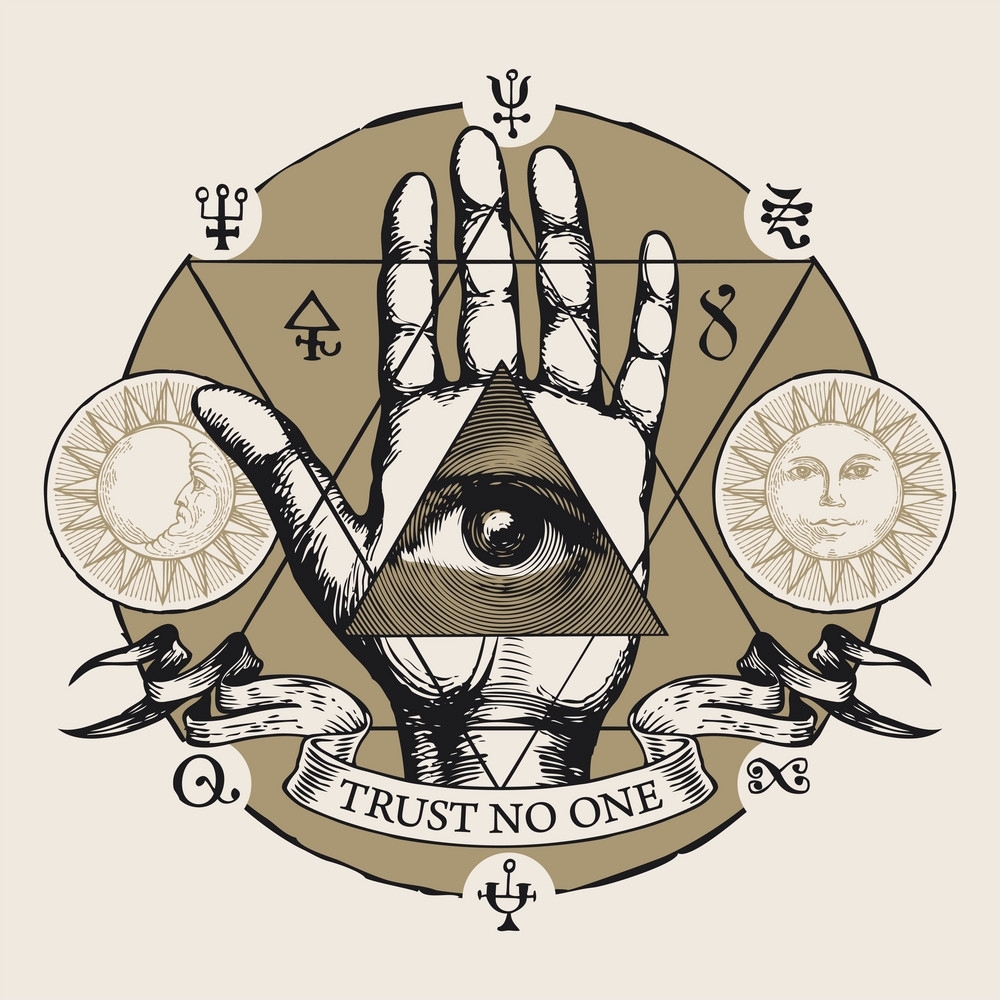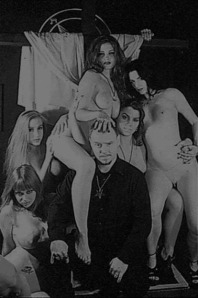“In response to the increasing number of Satanic organizations, Peter Gilmore, the High Priest of the COS, has said that there is no Satanic community beyond the individuals that make up the Church of Satan. Regarding the increasing prevalence of theistic and other forms of Satanism divergent from COS ideology, their official stance is clear. To quote the FAQ section of the Church of Satan website, under “What is theistic Satanism?” it states,
“There is no such thing. People who believe in some Devilish supernatural being and worship him are Devil-worshippers, not Satanists. Anton LaVey was the first to define Satanism as a philosophy, and it is an atheist perspective. “Theistic Satanism” is an oxymoronic term and thus absurd.”
It is easy to attribute the Church of Satan’s rejection of all theistic Satanists to a desire to protect themselves from accusations of ritual abuse or general malfeasance. Considering the Satanic Panic is long behind us, however, a better explanation is one that entails nearly every established religious organization when new players enter the field. In an attempt to distinguish themselves from other forms of Satanism and assert themselves as the only validly operating Satanic organization, the Church of Satan has gone from actively constructing themselves as a social and religious “other” to a culturally established, mainstream religious institution that is not like those other “Devil-worshippers”. Such was the case among the mainstream Protestant churches when Christian Science, Jehovah’s Witnesses and Mormonism started gaining popularity. By saying theistic Satanists are not “real Satanists”, the Church of Satan is creating a distinctly Satanic religious identity not in opposition to American society, but in opposition to those “proximate others” who are too ideologically close for comfort, which might threaten their position in America’s religious landscape.”
– Bridget Mogensen, Everyone’s an Other to Someone: Construction of the Other within the Church of Satan


